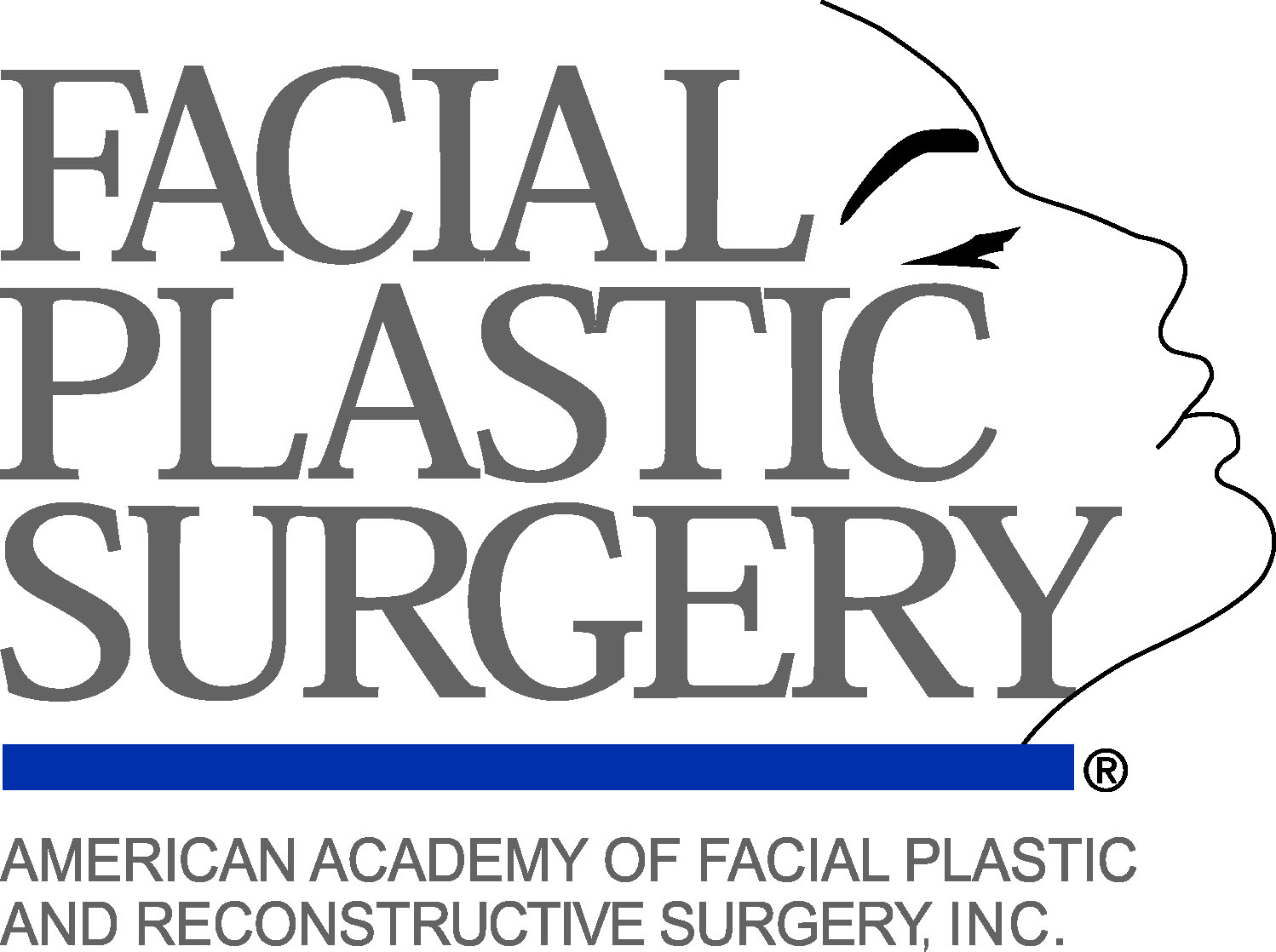Patients often have very different ideas about what a "facelift" entails. There are many confusing terms used on various medical websites. On top of that, many doctors promote facelifts by using their individualized terms in an effort to make their surgery seem special. All of these things leave patients perplexed. Simply put, a facelift is a surgery where the deeper fat pads of the face that cause jowling and poor neck /jawline definition are lifted, and the excess skin from the face and neck is removed. It does not include the forehead or eyes. The incisions are in front of the ear, behind the ear and into the hairline. The incisions are designed to hide in natural skin creases and be as inconspicuous as possible.
Deep to the skin are the SMAS layer and platysmal muscle. The SMAS and platysma layers envelope the cheek and jowl fat pads. As we age, the SMAS and platysma layers become lax. This laxity allows the fat pads to fall. The descent of these fat pads causes jowling, loss of cheek volume, poor jawline definition and poor neck definition. In a facelift, the surgeon uses one of several techniques to tighten these deeper SMAS and platysmal layers in order to lift the fallen fat pads. The SMAS layer is “tethered” by certain ligaments in the cheek. The "deep plane" technique breaks these ligaments in order to maximize the amount that the deep layer can be tightened. Other more commonly used techniques are called imbrication and plication where a section of the SMAS layer is removed or tightened with sutures but the ligaments are not broken.
In the neck, excess skin, subcutaneous fat, and a lax platysmal muscle can cause a "waddle" or poor neck definition. During a facelift, the excess skin and fat is removed and the platysmal layer is tightened. Often times, the midline of the neck has banding which is caused by the platysma muscle’s separation. This too is corrected during the procedure.
All sutures will be removed by the first week. Bruising is variable among individuals, but the majority of bruising will be gone after two weeks. Two weeks after surgery, you can use full makeup. Your cheeks will be slightly swollen, but you will be ready to be in public by two weeks. 80-90% of the swelling will be gone by the 7th week. Therefore, if you have an important function like a wedding or speech, we recommend you have the operation at least 8 weeks in advance so you can be looking your very best.
Physical activity is limited for approximately four weeks. After the fourth week, you can start working out lightly. By 5-6 weeks you can participate in any physical activity you would like.
Deep to the skin are the SMAS layer and platysmal muscle. The SMAS and platysma layers envelope the cheek and jowl fat pads. As we age, the SMAS and platysma layers become lax. This laxity allows the fat pads to fall. The descent of these fat pads causes jowling, loss of cheek volume, poor jawline definition and poor neck definition. In a facelift, the surgeon uses one of several techniques to tighten these deeper SMAS and platysmal layers in order to lift the fallen fat pads. The SMAS layer is “tethered” by certain ligaments in the cheek. The "deep plane" technique breaks these ligaments in order to maximize the amount that the deep layer can be tightened. Other more commonly used techniques are called imbrication and plication where a section of the SMAS layer is removed or tightened with sutures but the ligaments are not broken.
In the neck, excess skin, subcutaneous fat, and a lax platysmal muscle can cause a "waddle" or poor neck definition. During a facelift, the excess skin and fat is removed and the platysmal layer is tightened. Often times, the midline of the neck has banding which is caused by the platysma muscle’s separation. This too is corrected during the procedure.
What is the recovery time for a Facelift?
All sutures will be removed by the first week. Bruising is variable among individuals, but the majority of bruising will be gone after two weeks. Two weeks after surgery, you can use full makeup. Your cheeks will be slightly swollen, but you will be ready to be in public by two weeks. 80-90% of the swelling will be gone by the 7th week. Therefore, if you have an important function like a wedding or speech, we recommend you have the operation at least 8 weeks in advance so you can be looking your very best.
Physical activity is limited for approximately four weeks. After the fourth week, you can start working out lightly. By 5-6 weeks you can participate in any physical activity you would like.
Procedures:








